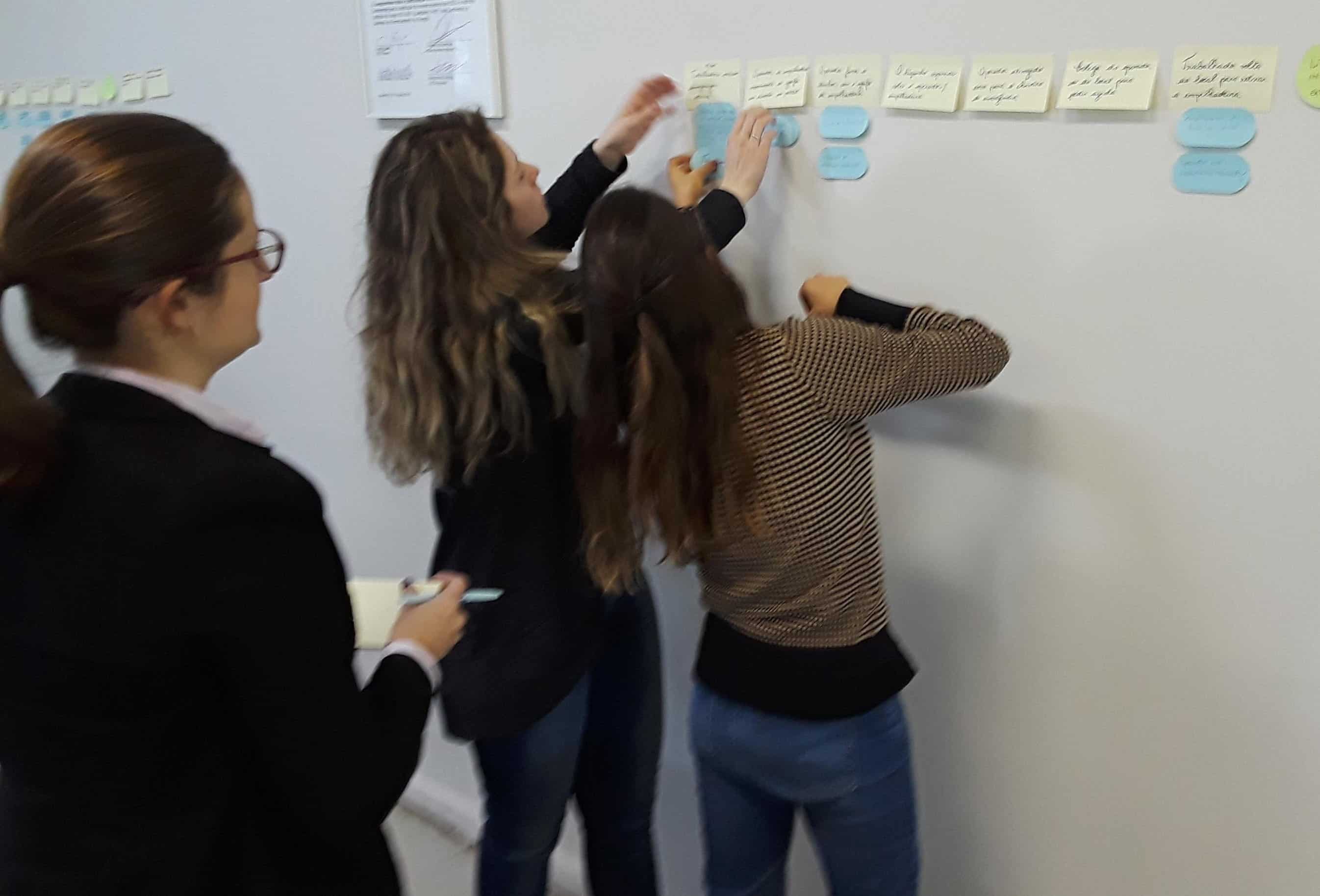Root Cause Tip: What is the minimum investigation for a simple incident?

What is the minimum investigation for a simple incident?
Before you can answer this question, you need to decide the outcome you are looking for. For example:
- Do you just want to document the facts?
- Would you be happy with a simple corrective action that may (or may not) be effective?
- Do you need effective corrective actions to prevent the repeat of this specific incident?
- Do you want to prevent similar types of incidents?
The answers to these questions depend on two factors that determine risk:
- What were the consequences of this incident? Could things have happened slightly differently and had much worse consequences?
- What is the likelihood that this type of incident will happen again?
Of course, before you start an investigation, answering these two questions may be difficult. Before you start an investigation, you don’t really know what happened! Despite this lack of knowledge, someone must decide if an incident is worth investigating and what resources are needed to dedicate to the investigation.
I’ve seen simple incidents that, when investigated, revealed complex problems that could have caused a serious accident. Therefore, if a thorough investigation is not performed, the investigator may never know what they could have discovered. That’s why I caution management that something that seems simple may not be simple.
However, some incidents ARE simple. I’ve seen many incidents that people were investigating that were similar to this one:
An employee stumbles, falls, and sprains
his wrist while walking down a flat sidewalk.
He had on simple shoes with adequate tread.
He was not particularly preoccupied, nor
was he entirely paying attention to each step
(just normal walking).
How much can be learned by investigating this incident? Probably not much. I would suggest that even though the person sprained his wrist, this incident should not be investigated beyond a simple recording of the facts so that the incident could be recorded for safety records (OSHA logs in the USA) and included in future incident trending.
You might ask:
“But what if the employee had stumbled and fell in front
of an oncoming car and the employee was killed?”
In that case, because of the consequences, a detailed major investigation would be required.
In either case, the TapRooT® Root Cause Analysis System could be used to complete the investigation.
The TapRooT® Root Cause Analysis System is a robust, flexible system for analyzing and fixing problems. The complete system can be used to analyze and fix complex accidents, quality problems, hospital sentinel events, and other issues that require a complete understanding of what happened and effective corrective actions.
Learn more about when to investigate a simple incident by attending our 2-Day TapRooT® Root Cause Analysis training. Click here to view the upcoming schedule.



